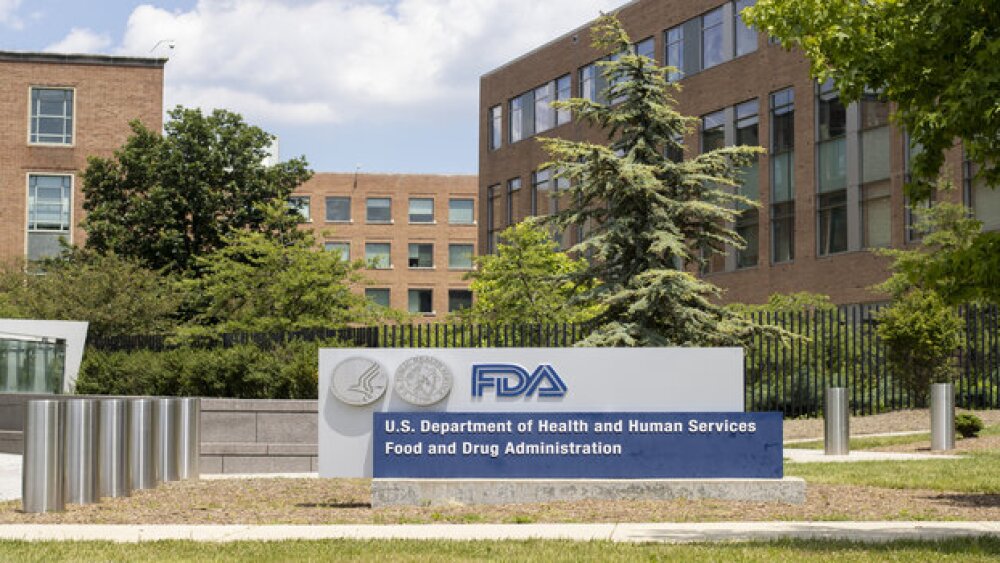The Boston-based company merged with Capstar Special Purpose Acquisition Corp. and will begin trading on the New York Stock Exchange under the ticker symbol “GLS.”
Weight management-focused Gelesis is joining the SPAC movement. The Boston-based company merged with Capstar Special Purpose Acquisition Corp. and will begin trading on the New York Stock Exchange under the ticker symbol “GLS.”
Gelesis markets Plenity, a product cleared by the U.S. Food and Drug Administration to assist with weight management in adults who are obese. Due to its broad range of expected efficacy in adults with a body mass index between 25 and 40, Gelesis believes approximately 150 million American adults will be eligible to use the product as part of their weight loss journey. The merger with Capstar will provide Gelesis with up to $376 million that will be used to fund the commercial launch of Plenity later this year.
“We raised our Capstar SPAC last year with the goal of finding a high-growth, disruptive business that is helping people live a better, healthier life. Gelesis fits that criteria perfectly and we are elated to partner with them as they start their exciting next leg of growth,” Steve Hicks, chairman and chief executive officer of Capstar said in a statement.
Yishai Zohar, founder and CEO of Gelesis, expressed his excitement over the merger with Capstar and the listing on the stock exchange. Zohar said Capstar’s leadership team has a strong track record with building brands and “tackling fundamental consumer problems across a variety of industries.”
SPAC mergers have become increasingly popular among life sciences and biopharma companies as they look for a faster route to a stock exchange listing than a traditional initial public offering. Multiple companies have taken this route to an exchange in recent months, including the recently announced SPAC merger from Hong Kong-based Prenetics Limited, as well as Medtech HeartFlow. There was a 250% increase in SPAC mergers last year, as BioSpace has previously reported.
While Capstar found the company it wanted to merge with, blank check company Aesther Healthcare Acquisition is aiming to list on the Nasdaq exchange ahead of a potential SPAC merger. The New York-based company intends to raise $100 million on the Nasdaq. According to Renaissance Capital, Aesther Healthcare has not yet listed on the exchange and does not yet have a ticker symbol. When it does list on the Nasdaq, Aesther Healthcare aims to target the pharmaceutical and medical device sectors as it looks for a potential company to merge with, the report said.
Also making a move toward a public listing is Eliem Therapeutics, which emerged from stealth mode earlier this year with $80 million in hand. The company, which has assets in Phase II development, quickly secured another $60 million in a Series B financing round in May. Now, the Seattle-based company aims to list on the Nasdaq under the ticker “ELYM.”’
Last week, Eliem filed for an $80 million IPO with the U.S. Securities and Exchange Commission. The finances will be used to advance the company’s lead assets, ETX-810 and ETX-155. Eliem is assessing the assets across four different indications for chronic pain, depressive disorder and epilepsy. ETX-810 is an investigational novel prodrug of the bioactive lipid palmitoylethanolamide. It is being studied Phase IIa programs in patients with diabetic peripheral neuropathic pain and lumbosacral radicular pain. Topline data expected in the first half of 2022. ETX-155 is an investigational novel GABAA receptor positive allosteric modulator. It will be assessed in two Phase IIa clinical studies in patients with major depressive disorder and hormone-related depressive disorders. Topline data is expected in the second half of 2022 and the first half of 2023, respectively.
Also filing for an IPO is Cognition Therapeutics. The Pennsylvania-based company filed with the SEC for a $50 million IPO on Monday, Renaissance Capital reported. Cognition is developing oral drugs aimed at the treatment of neurodegenerative and neuro-ophthalmic disorders. Its lead asset CT1812 is being developed in a Phase II study for Alzheimer’s disease. CT1812 targets the sigma-2 (σ-2) receptor, a key regulator of the cellular damage response.





